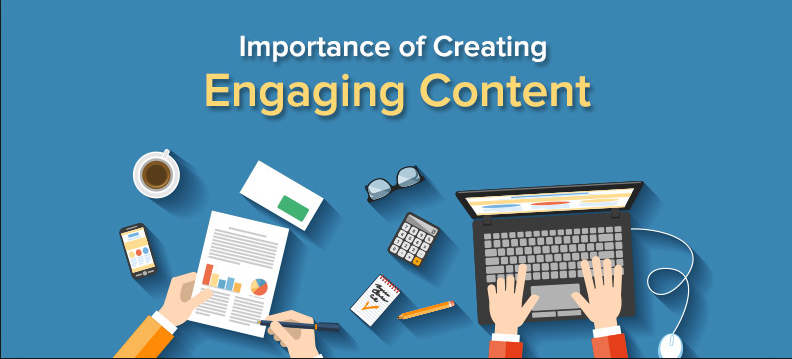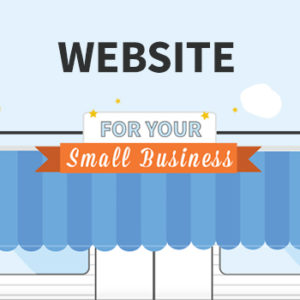Creating Marketing Content that Grabs & Holds Attention

By Debbie Gregory.
Humanizing your business will make you a lot more memorable to prospective clients and help keep their attention on you.
With all of the advertising we are bombarded with day in and day out, it can be challenging to reach or hold the attention of your target audience. People are becoming more and more selective with their attention span and it is shorter than ever. With so much to choose from, it’s more challenging for your business’s marketing message to resonate.
What can you do?
Content that consistently grabs and holds people’s attention has three things in common:
- It tells a story.
- It is personal.
- It is visually stimulating.
How Do You Incorporate Into Your Marketing Campaigns?
This part may sound difficult, but it is surprisingly easy with a bit of thought, planning, and research. Start with a setup or situation that is interesting to your target customers, add a challenge that arouses their curiosity, and then bring it home with a conclusion that is satisfying to their needs. When we talk about ‘satisfying’ in marketing we mean getting your prospect to click on your website, call your business, and/or buy your offering.
For example, find a common situation that your target customer finds themselves in and start your story with a setup that can relate to. Is your business in landscaping? Maybe your clients have trouble with invasive weeds or not knowing how to properly trim a hedge? The challenge is what is standing in their way. Using the same example of a landscaper, this could be the proper knowledge and tools, or time to do the work. The conclusion is how you can solve this dilemma for them.
Just keep in mind that you need to tell your story in a way that your target customers want to hear it.
Including:
- Live video streams
- Recorded videos
- An animated video with cartoon characters
- Podcasts
- Social media posts with photos
- A brochure or flyer
- An ad in a newspaper, magazine, or other publication
…but how they want to receive it all depends on your target customers. You will need to do your research and find out what type of content they like best.
What makes people disengage?
- The story is not challenging them mentally.
- The content lacks any personal resonance.
- There is just too much text.
- Not enough visually appealing photos.
Also, make sure that your message is consistent across all of your marketing materials and make sure that you back it all up using your website’s “about us” page and your social media feeds. Customers are a lot pickier now-a-days due to the vast amount of options they are presented with. Make sure that your business resonates with them personally.











